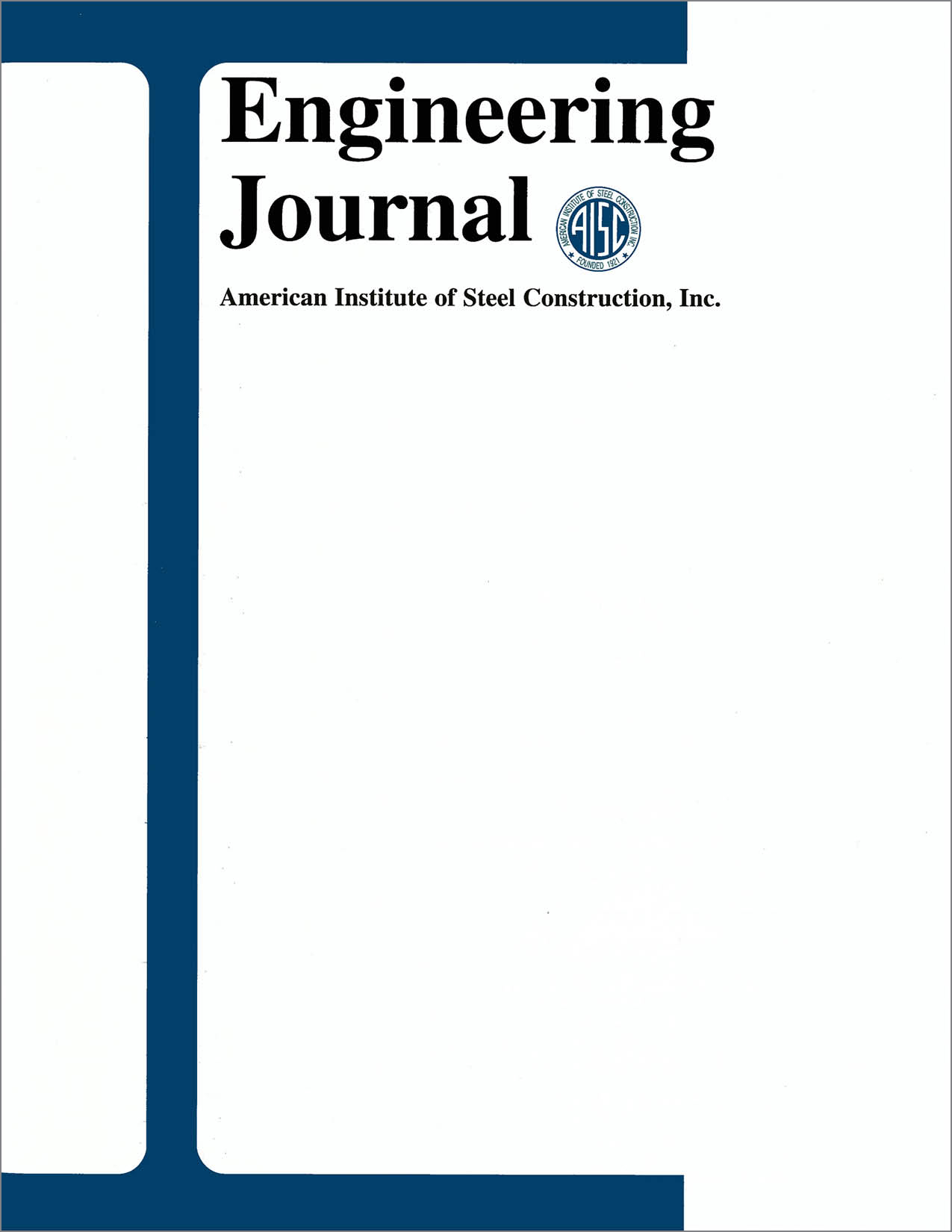A Practical Look at Frame Analysis, Stability and Leaning Columns
DOI:
https://doi.org/10.62913/engj.v39i4.790Abstract
Analysis and design of unbraced moment frames is a fairly regular activity in structural engineering practice yet it can be a complex structural engineering problem. Numerous analysis methodologies are available and the many commercial software packages used in practice provide a variety of approaches to the problem. This paper presented a brief discussion of the full range of approaches that might be used to carry out a structural analysis. The elastic buckling load of a frame can be determined through an eigenvalue analysis that predicts system buckling behavior. This buckling load is the load that the Kfactor is attempting to predict for individual columns. Although the K-factor has been a controversial topic from its initial introduction into the AISC Specification, it remains a useful tool to predict column capacity. Perhaps the most troubling aspect associated with the use of the Kfactor has been overlooking the assumptions included in the development of the most common predictor equations. Unbraced moment frames that do not meet the restrictive assumptions, which permit use of the nomograph pose interesting problems for the structural engineer. Such factors as leaning columns, columns supporting less than their full capacity, and inelastic behavior all must be considered in any design.

